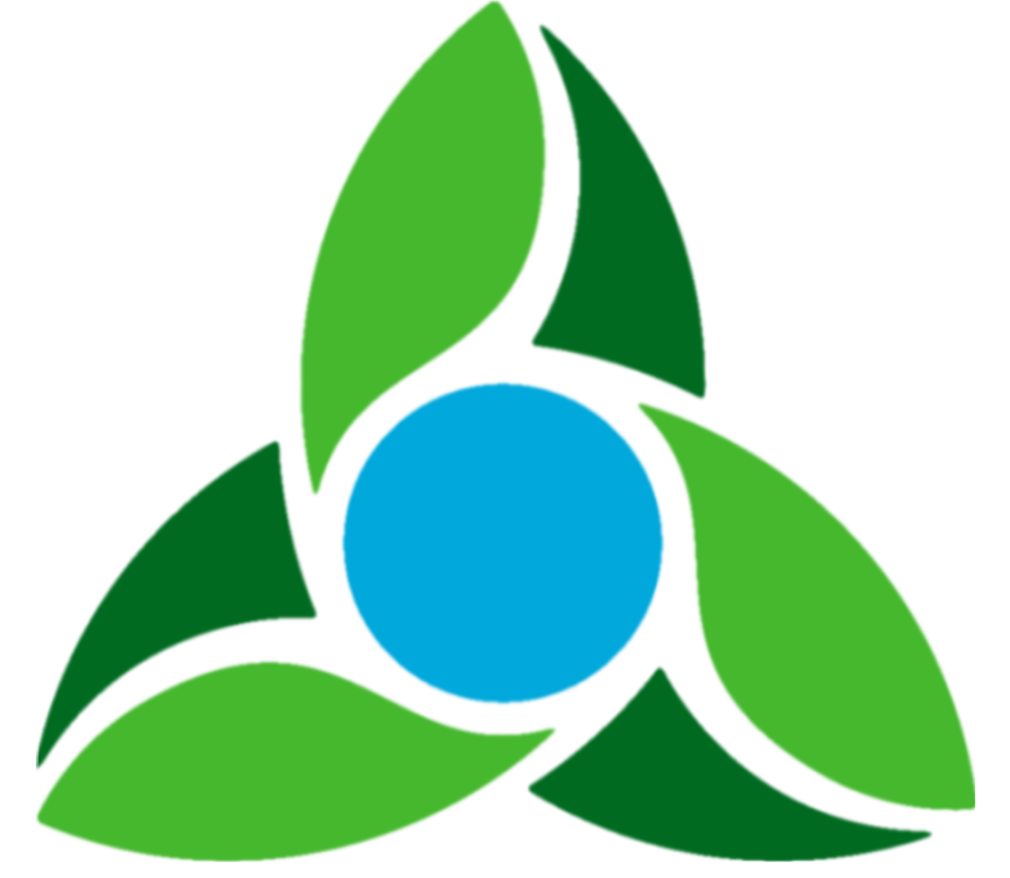““I have long understood that climate change is not only an environmental issue – it is a humanitarian, economic, health, and justice issue as well.”
According to a report by The River Network, Water related energy use totals 13% of US electricity consumption and has a carbon footprint of at least 290 million metric tons. Nearly 25% of that is estimated to be used for exterior residential use – i.e. watering lawns. Meanwhile, wastewater treatment is responsible for 3% of global GHG emissions.
In addition, the relationship between water, energy, agriculture and climate is as important as it is complex.According to the National Climate Assessment “Water quality and water supply reliability are jeopardized by climate change in a variety of ways that affect ecosystems and livelihoods.”Reducing water consumption now is an important strategy in improving water availability and quality in our future..
Climate Action Plan strategies that cities can implement fall into four primary categories:
Example - leading by example by implementing strategies on municipally owned facilities and operations.
Advocate - advocacy actions working for change in State and Federal policies as well as advocating for change within their own community through education and awareness campaigns.
Incentivize - these are actions the city can take to incentivize action in the private sector - these can include direct economic incentives as well as actions which remove barriers or make climate action efforts easier for businesses and individuals.
Require - actions which implement policies or ordinances which require the private sector to comply. Examples include requiring energy efficiency and renewable energy within PUD ordinance or the adoption of an energy benchmarking ordinance.
Cities and individuals can significantly reduce Water and Wastewater GHG emissions through a number of ways:
Reduce Outdoor Watering
In many cities an enormous volume of water goes to watering of lawns, gardens, golf courses, and other landscaped areas. For lawns, reduced frequency of watering combined with allowing grass to grow taller can increase root depth and require less watering. For gardens use of mulch and compost can decrease water demands. For all uses, moisture meters can help you know exactly when and how much water is needed.
Use WaterSense Fixtures
Upgrading water fixtures to high water efficient fixtures is the best way to reduce water consumption, reduce wastewater treatment needs and reduce GHG Emissions. Using WaterSense labeled fixtures will reduce indoor water consumption by at least 20%. According to the EPA, a typical family of four upgrading a home built prior to 1980 can save as much as 32,000 gallons of water a year.
Behavior Change
Changing our behavior is the cheapest way to reduce water consumption. Doing things like turning off faucets while brushing your teeth, taking a shorter shower, and minimizing use of kitchen sink disposal units can reduce water use by 18% or more.
Rainwater Harvesting
For all outdoor water use, rainwater harvesting can meet some or all of your watering needs.
Find specific strategies with paleBLUEdot’s ACTION Finder Climate Action Database.


